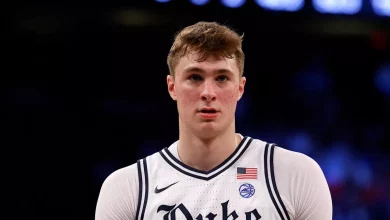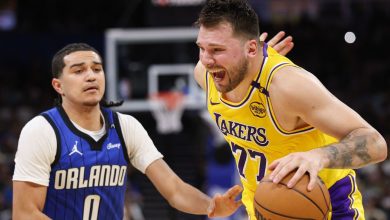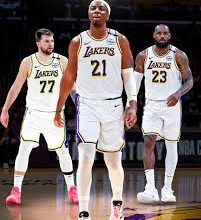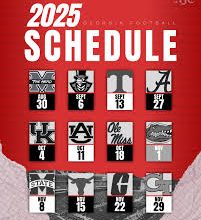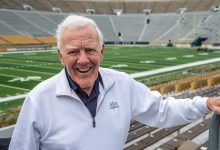Notre Dame’s 7 Heisman Trophy Winners
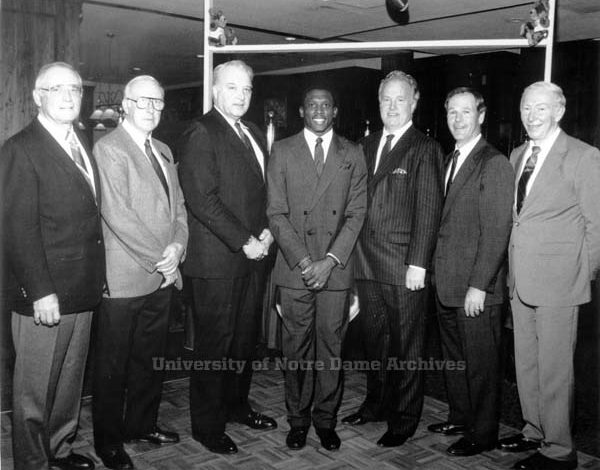
The University of Notre Dame has a storied and rich tradition in college football, one that includes numerous championships, iconic moments, and legendary players. Among the most prestigious awards a player can achieve in college football is the Heisman Trophy, and Notre Dame has had the honor of producing seven Heisman Trophy winners—each of them leaving an indelible mark on both the university and the sport itself.
The Heisman Trophy, awarded annually to the best player in college football, is one of the most coveted individual honors in American sports. Notre Dame’s seven winners have come from various eras of the program, each contributing to the legacy of excellence that has defined the Fighting Irish. Their achievements reflect not only their individual greatness but also the enduring legacy of Notre Dame football.
1. Angelo Bertelli (1943)
The first Heisman Trophy winner in Notre Dame history, Angelo Bertelli, set the stage for the university’s continued success in college football. Bertelli, a quarterback, earned the award in 1943 after leading the Fighting Irish to a 9-1 record and a national championship.
Bertelli’s career at Notre Dame was marked by his ability to make plays both with his arm and his legs. He was an instrumental part of a potent offense that was ahead of its time, and his ability to read defenses and deliver the ball accurately made him one of the most dangerous quarterbacks in the country. His Heisman-winning season came during World War II, and he briefly served in the military during the middle of the season, which made his performance even more remarkable.
Though his time at Notre Dame was relatively short due to military service, Bertelli’s legacy as the first Heisman Trophy winner set a precedent for future stars at the university. His success also helped to further elevate the national profile of Notre Dame football during a time of uncertainty in the world.
2. Johnny Lujack (1947)
Johnny Lujack, a quarterback and defensive back, won the Heisman Trophy in 1947 and is widely regarded as one of the greatest players in Notre Dame history. Lujack played a pivotal role in Notre Dame’s success in the 1940s, leading the Fighting Irish to a national championship in 1946 and another in 1947.
Lujack’s versatility on the field was remarkable. He was a key figure on both offense and defense, excelling at quarterback while also contributing to the defensive backfield. His leadership and ability to make plays in critical moments helped elevate his team to the top of the college football world. Lujack’s 1947 season was particularly impressive, as he led Notre Dame to an undefeated record and proved to be one of the most dynamic and well-rounded players in the country.
In addition to his Heisman-winning performance, Lujack’s career at Notre Dame helped solidify the Fighting Irish’s place as a dominant force in college football during the mid-20th century. His success at both quarterback and defensive back demonstrated the value of a well-rounded player, and he remains one of Notre Dame’s all-time greats.
3. Paul Hornung (1956)
Paul Hornung, known as “The Golden Boy,” won the Heisman Trophy in 1956, a season in which he dominated college football in a way few players ever had. Hornung played multiple positions for Notre Dame, including quarterback, halfback, and defensive back, showcasing his incredible versatility and athleticism.
Despite Notre Dame finishing with a 2-8 record that season, Hornung’s individual performance was extraordinary. He scored 60 points that year, leading the nation in scoring, and he was the focal point of the Fighting Irish offense. Hornung was an exceptional ball carrier, a gifted passer, and a remarkable kicker, earning him national recognition for his all-around ability. His efforts on a struggling team made him stand out even more, and his Heisman win remains one of the most impressive individual achievements in college football history.
After his time at Notre Dame, Hornung went on to have a successful career in the NFL, primarily with the Green Bay Packers, where he became a Hall of Fame player. His legacy as one of the most versatile players in football history was cemented after his Heisman win, and he remains a beloved figure in Notre Dame’s football lore.
4. John Huarte (1964)
John Huarte’s Heisman-winning season in 1964 was a pivotal moment in Notre Dame football history. Huarte, a quarterback, led the Fighting Irish to an undefeated 9-0-1 record, and his play under center was a key factor in the team’s success. Huarte’s 1964 campaign was particularly memorable because it marked the first Heisman Trophy victory for a Notre Dame quarterback since Bertelli’s win in 1943.
Huarte’s leadership on the field was exceptional. He had a strong arm and showed great poise, leading the Fighting Irish to victories over some of the nation’s toughest teams. His play helped revive a program that had experienced a period of mediocrity in the years prior. Huarte’s performance in 1964 helped to solidify Notre Dame’s reputation as a powerhouse in college football.
Though Huarte’s NFL career didn’t reach the same heights as some of his contemporaries, his Heisman win remains one of the proudest moments in Notre Dame football history. His ability to lead the Fighting Irish to an undefeated record was a testament to his talent and poise, and he remains a beloved figure in the program’s history.
5. Tim Brown (1987)
Tim Brown, widely regarded as one of the greatest wide receivers in college football history, won the Heisman Trophy in 1987. Brown’s explosive playmaking ability and dynamic skill set made him a standout player in the 1980s, and his 1987 season was nothing short of spectacular.
Brown caught 93 passes for 1,250 yards and 9 touchdowns that season, leading the Fighting Irish to an 8-4 record. His contributions to the team were not limited to just receiving; he also excelled as a return specialist, further showcasing his versatility. Brown’s incredible ability to change the game in an instant made him one of the most dangerous players in the country.
Brown’s Heisman win was significant not only because of his individual brilliance but also because it marked a return to prominence for Notre Dame football. The Fighting Irish had not won a national championship in several years, and Brown’s Heisman performance helped spark a resurgence in the program. Brown’s Heisman victory also helped elevate the profile of wide receivers in college football, as the position had traditionally not been a frequent recipient of the prestigious award.
After his college career, Brown went on to have a Hall of Fame career in the NFL with the Los Angeles Raiders and later the Tampa Bay Buccaneers. His success at the professional level only enhanced his legacy as one of the greatest football players to ever come out of Notre Dame.
6. Ricky Watters (1991)
Ricky Watters, a dynamic running back for the Notre Dame Fighting Irish, made history when he won the Heisman Trophy in 1991. Watters’ combination of speed, power, and vision made him one of the most feared running backs in college football during his time at Notre Dame.
Watters’ Heisman-winning season came in 1991, a year when he led the Fighting Irish to a 10-1-1 record and a spot in the Orange Bowl. He rushed for 1,200 yards and scored 12 touchdowns that season, solidifying his place as one of the best players in the country. Watters was an explosive force on the field, capable of breaking tackles and accelerating through the smallest of gaps. His ability to dominate both in the running game and as a receiver out of the backfield made him a dual-threat weapon.
Though Notre Dame didn’t win a national championship in Watters’ Heisman year, his performance on the field was a bright spot in an otherwise challenging season for the Fighting Irish. Watters’ Heisman win showcased his elite talent and helped maintain Notre Dame’s position among the elite programs in college football.
7. Manti Te’o (2012)
Manti Te’o, one of the most memorable players in recent Notre Dame history, finished as a runner-up for the Heisman Trophy in 2012. Te’o, a linebacker, was the heart and soul of a dominant Notre Dame defense that helped lead the team to a national championship game appearance. While he did not win the award, his remarkable performance that season garnered significant attention and solidified his place in Notre Dame football lore.
Te’o’s leadership, work ethic, and on-field excellence were key to Notre Dame’s success. He finished the 2012 season with 113 tackles and 5 interceptions, leading the Fighting Irish to an undefeated regular-season record and a spot in the BCS National Championship Game against Alabama. Though Notre Dame lost the national title game, Te’o’s legacy as one of the greatest linebackers in college football history was secure.
Te’o’s Heisman candidacy was unique not only because of his play on the field but also because of his personal story. His grandmother and girlfriend both passed away in the same week during the 2012 season, yet Te’o continued to play with a level of intensity and dedication that earned him national admiration. His resilience, leadership, and performance in the face of adversity made his Heisman campaign one of the most compelling in recent memory.
Notre Dame’s seven Heisman Trophy winners have left a lasting impact on the university and the sport of college football. From the early days of Angelo Bertelli and Johnny Lujack to the modern era with Tim Brown, Ricky Watters, and Manti Te’o, each player brought something unique to the table—whether it was versatility, leadership, or sheer athleticism



